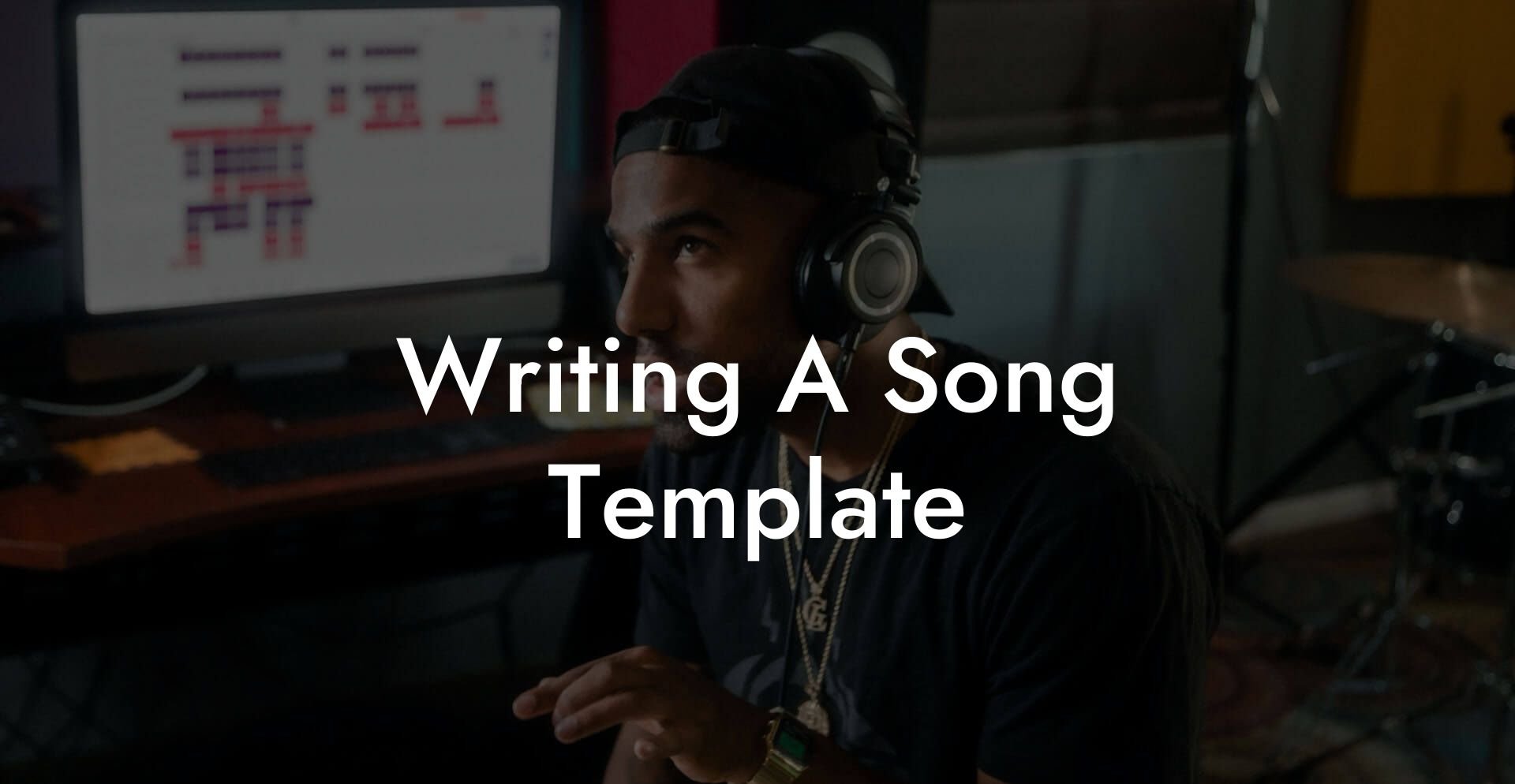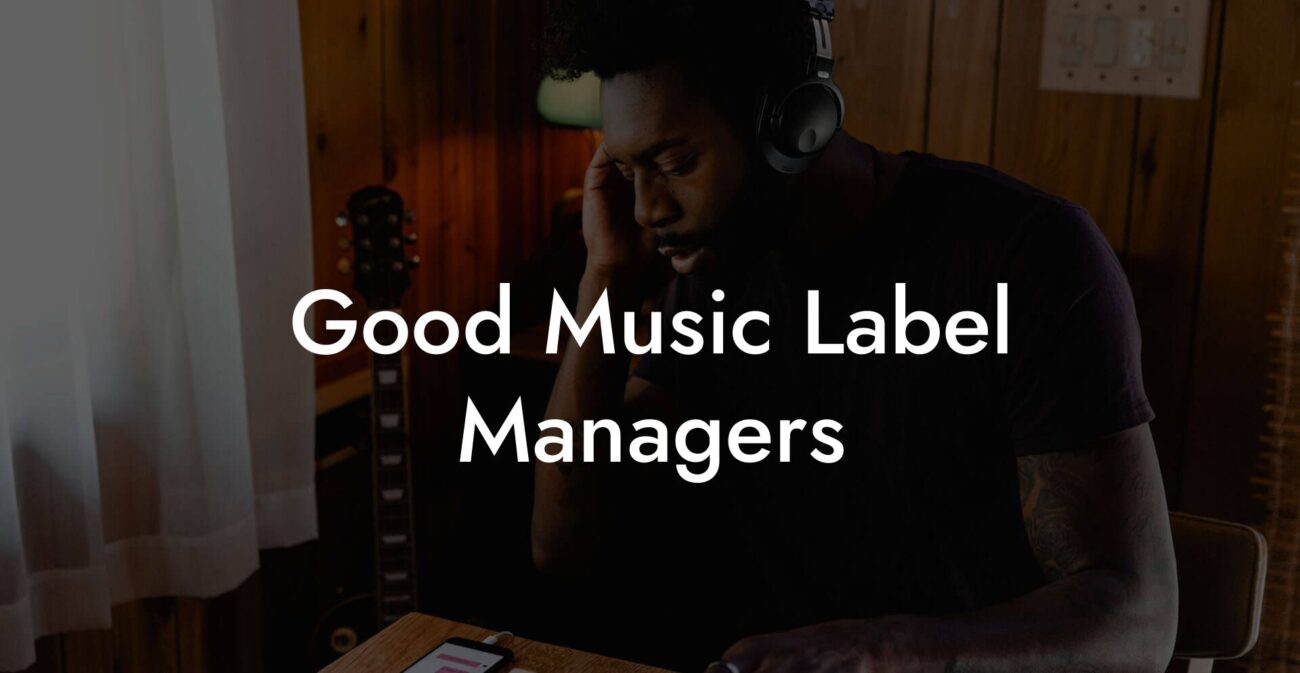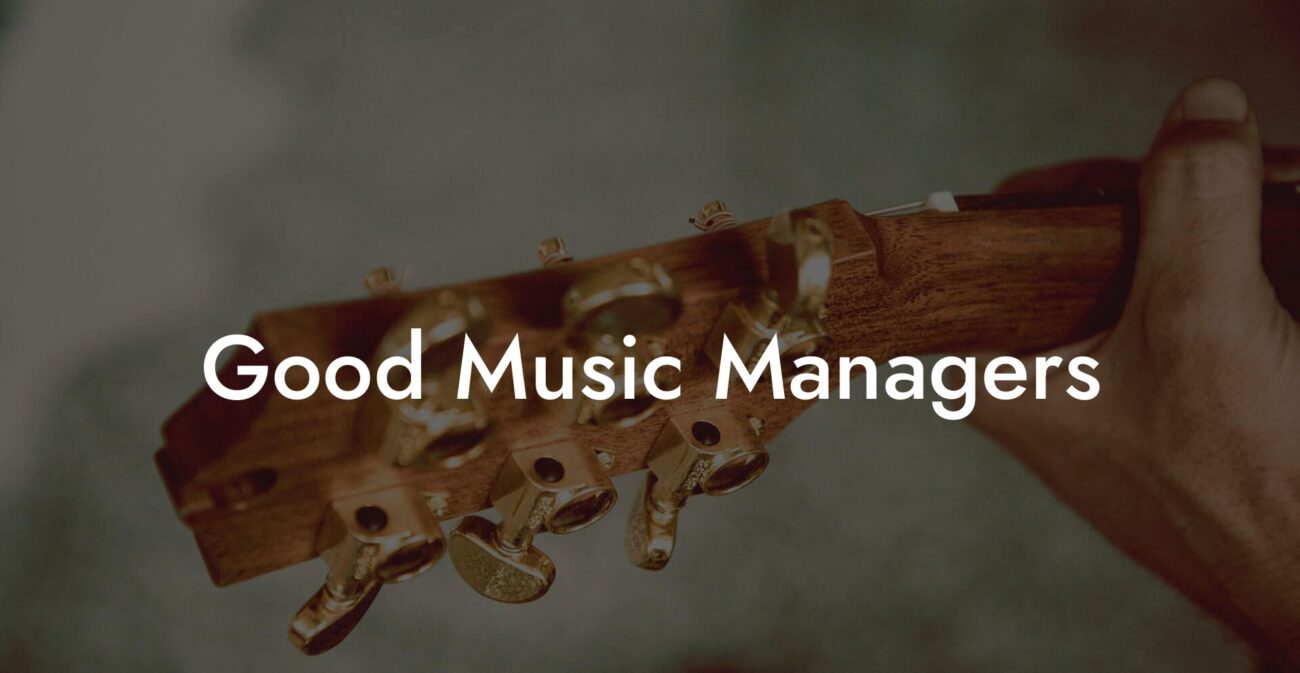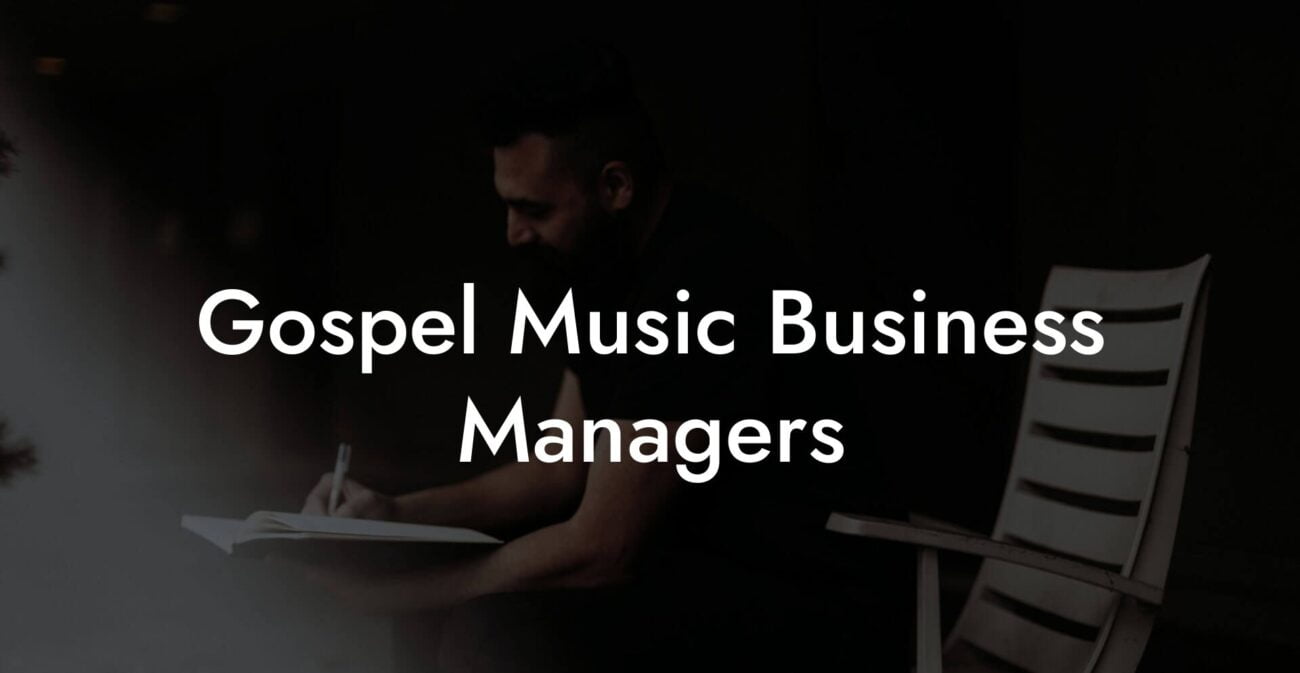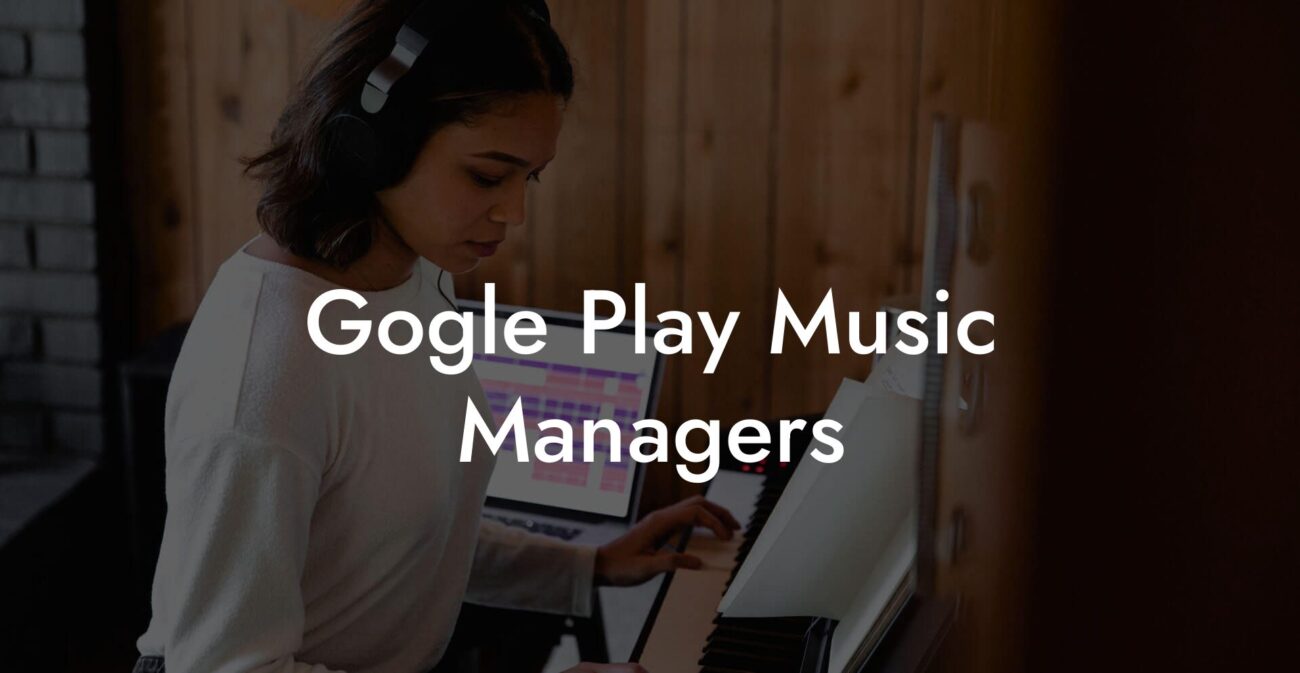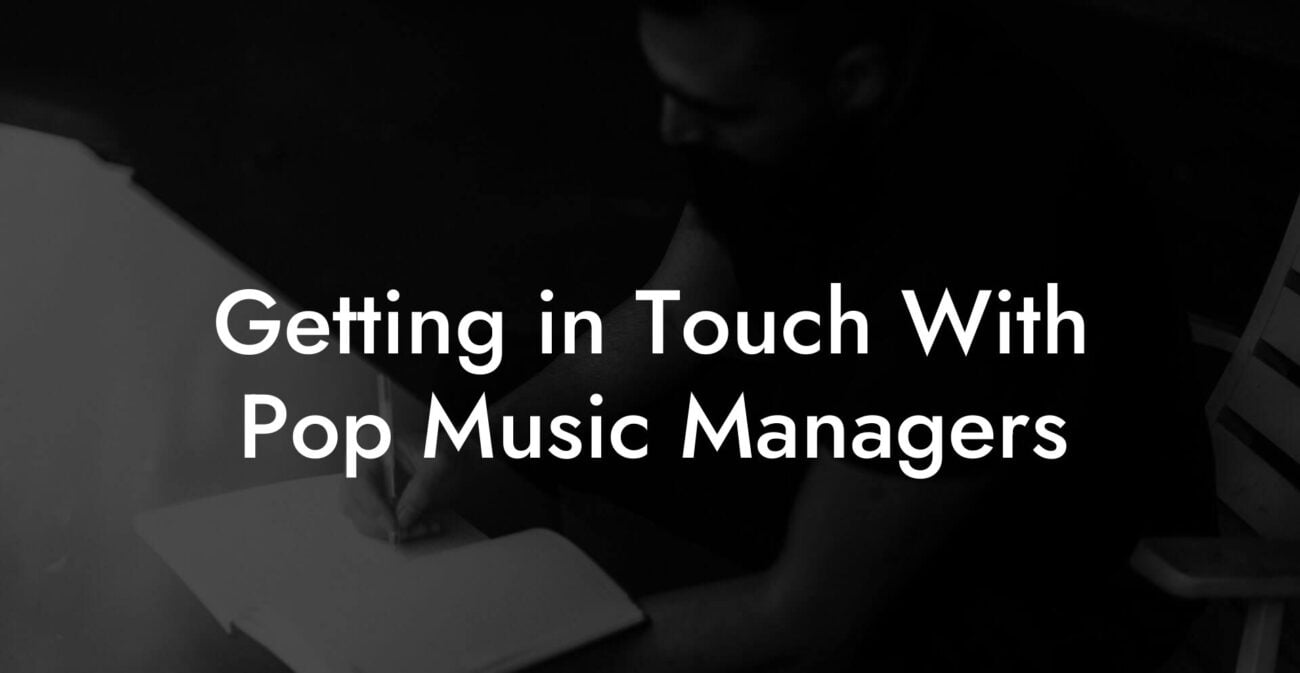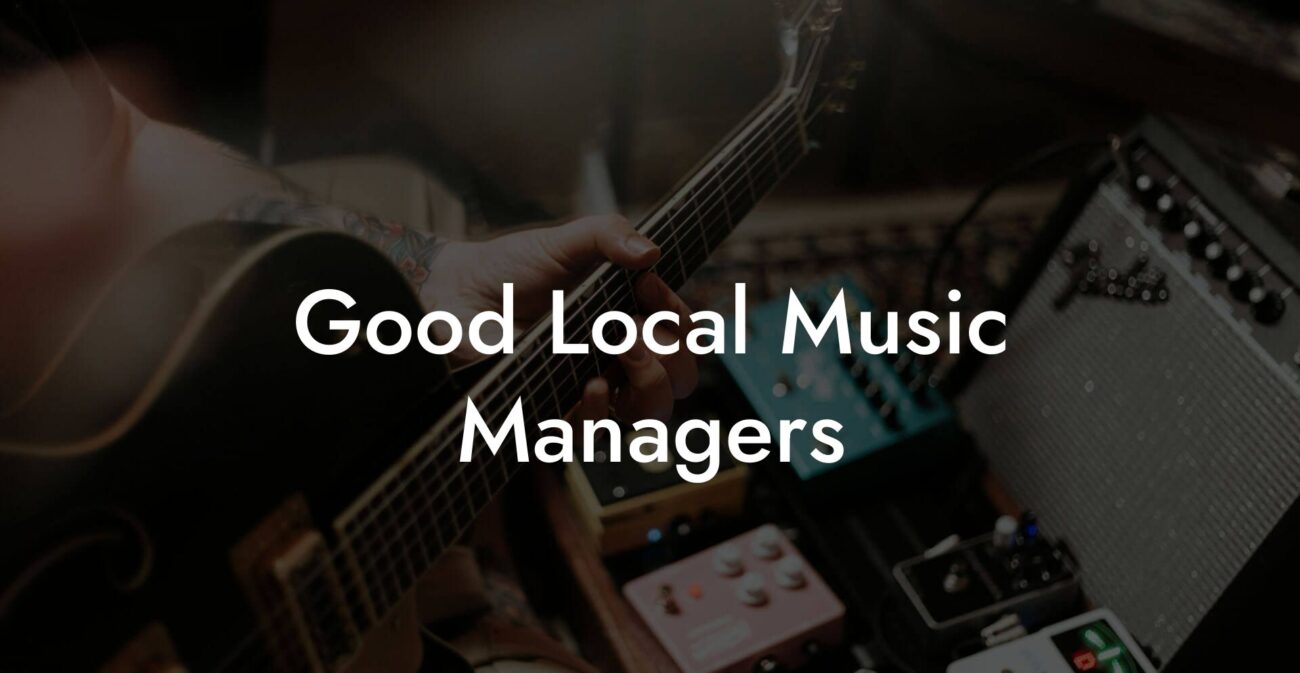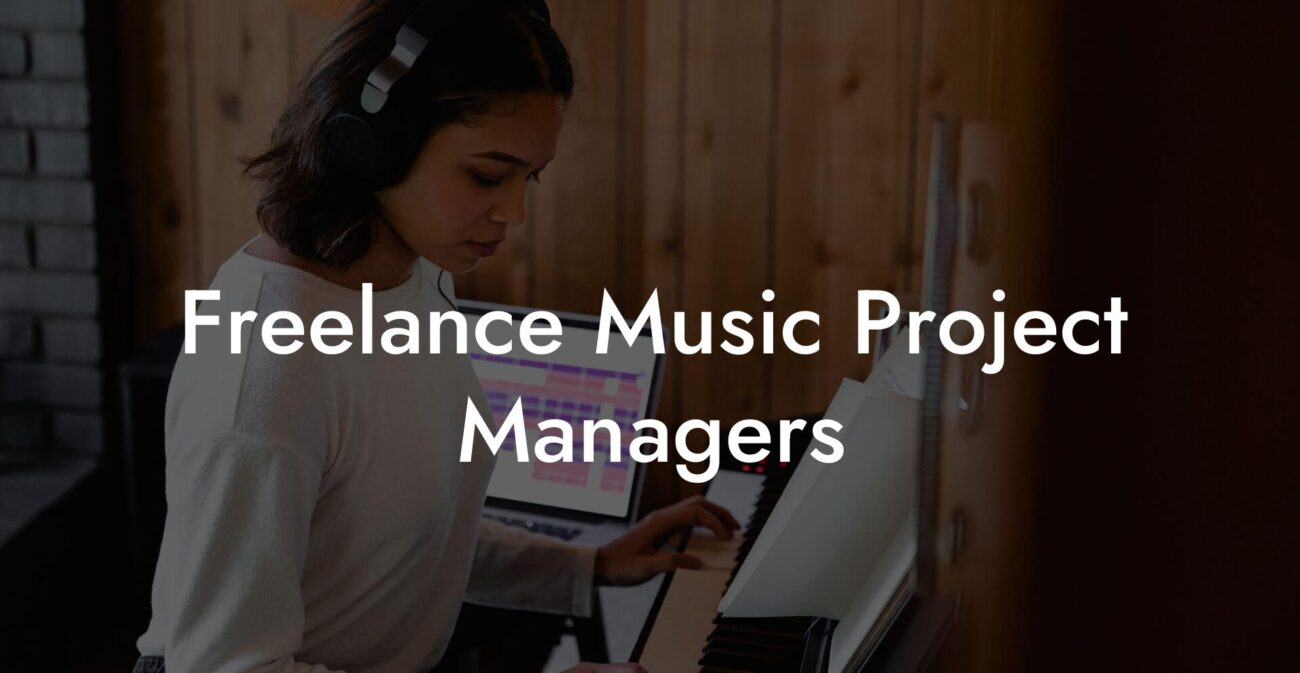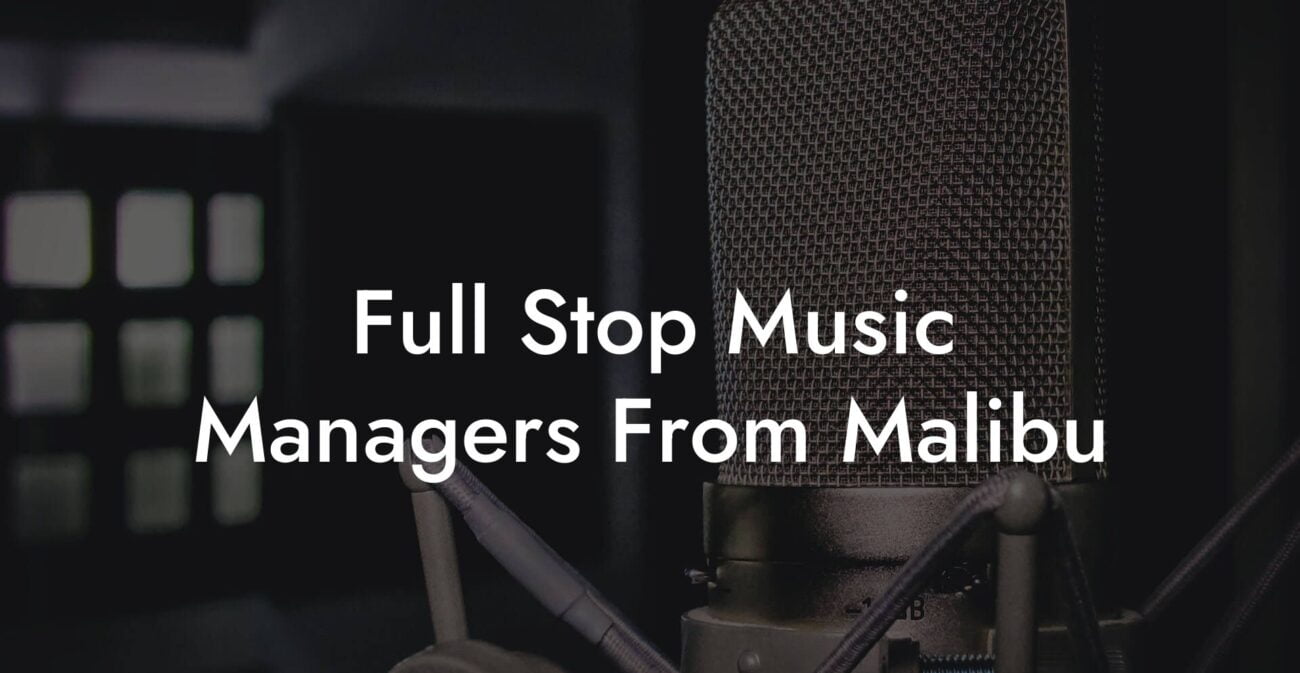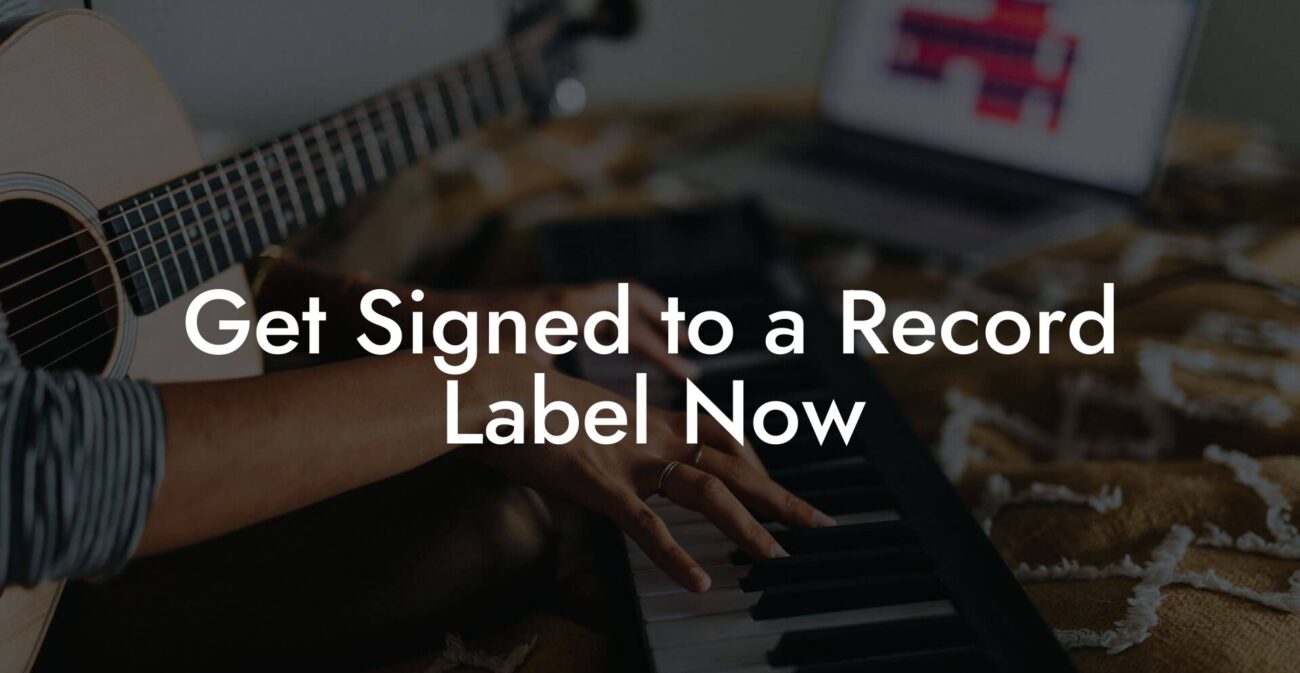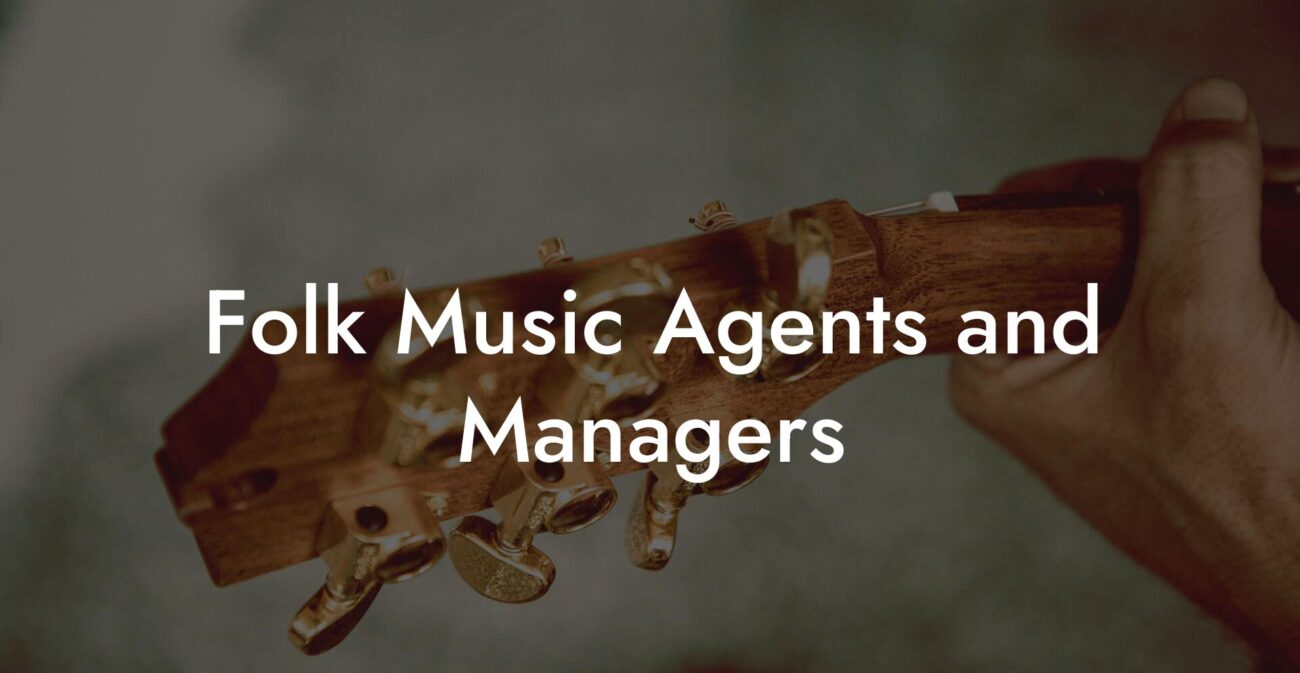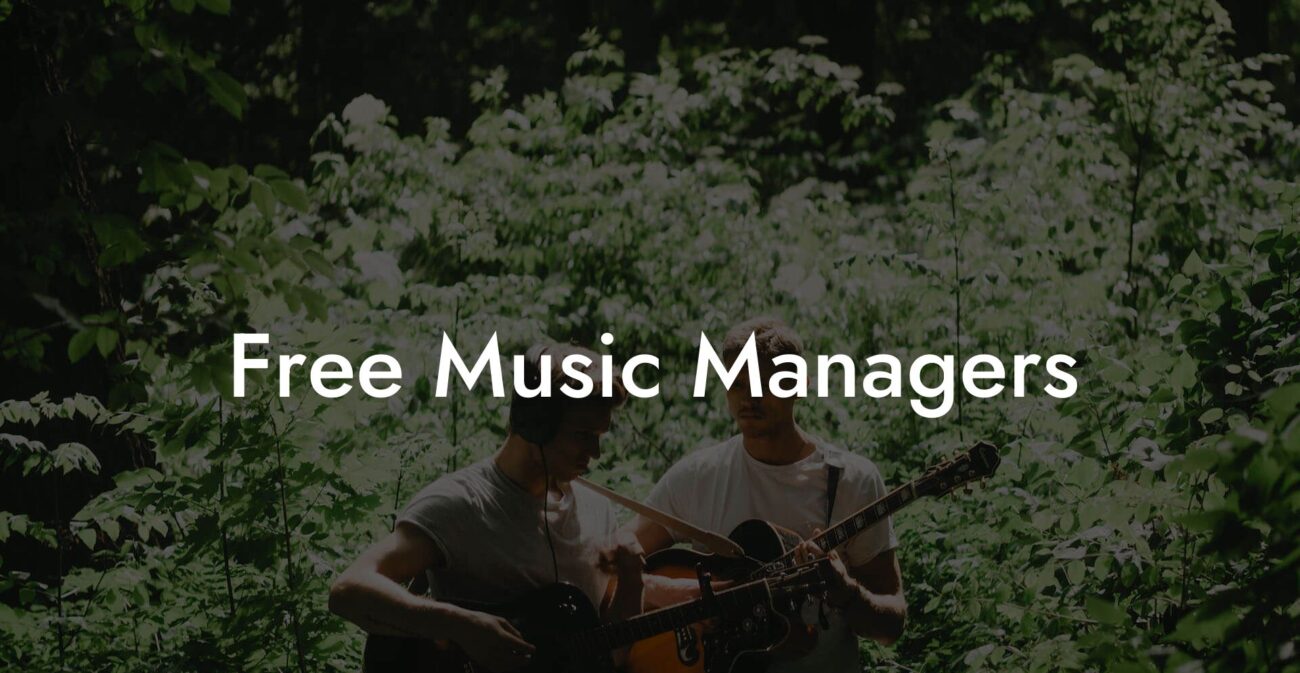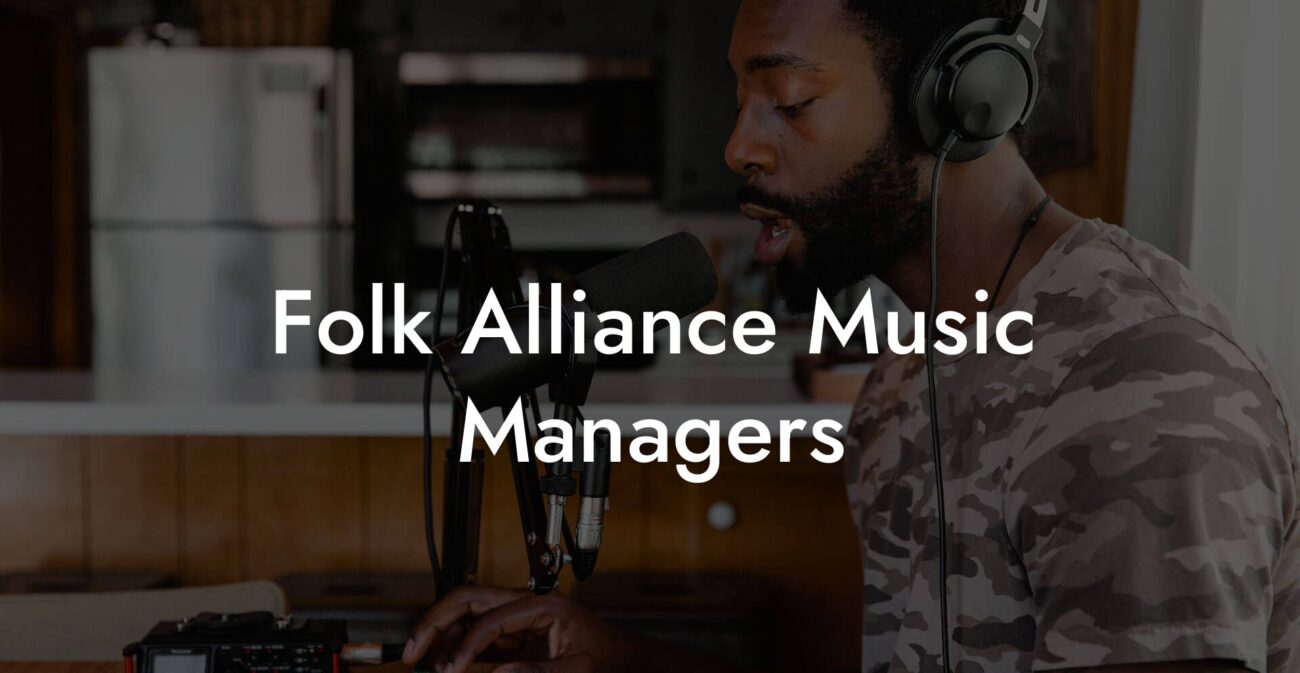Ever find yourself staring blankly at your screen late at night, headphones on, heart racing with a melody that’s buzzing around in your brain, and you wonder, “How the heck do I transform this chaos into a hit song?” Welcome to your ultimate guide, your songwriting haven—a space where millennials and Gen Z creators, armed with passion and digital wizardry, learn to craft their own songwriting masterpieces using a killer song template. From those initial sparks of inspiration to the final tweaks that turn your rough demo into a polished track, this guide is your backstage pass to the art of songwriting, infused with humor, fresh perspectives, and just a dash of irreverence. And hey, if you ever need a lyrical boost, remember that Lyric Assistant is here to help you effortlessly craft the lyrics to your next chart-topper.
Looking to write your next song? Transform your creative ideas into songs that people will love, and skyrocket your music career with Lyric Assistant. The perfect songwriting assistant. Find out more →
Quick Links to Useful Sections
- The Anatomy of a Song Template
- Kickstarting Your Songwriting Journey: Inspiration and Ideation
- Embrace the Chaos of Inspiration
- Set the Scene with a Mood Board
- Stream Your Way to Inspiration
- Structuring Your Song: Verses, Choruses, and Everything In Between
- The Intro: Setting the Stage
- The Verse: Telling Your Story
- The Pre-Chorus: Building Anticipation
- The Chorus: The Heartbeat of Your Song
- The Bridge: A Surprise Twist
- The Outro: A Farewell Note
- Lyric Crafting 101: Writing Lyrics That Resonate
- Dive Deep Into Your Emotions
- Play With Words and Metaphors
- Keep It Relatable
- Edit, Edit, Edit
- Using Your Template to Write a Hit Song: Step-by-Step
- Step 1: Sketch Your Outline
- Step 2: Dive Into the Verses
- Step 3: Craft Your Hooky Chorus
- Step 4: Add In the Pre-Chorus and Bridge
- Step 5: Fine-Tune Your Lyrics
- Step 6: Add the Finishing Touches
- Collaborative Songwriting: Bringing the Band Together
- Find Your Creative Cohort
- Share Your Template
- Use Digital Tools to Collaborate
- Mastering the Digital Era: Tools and Techniques for Modern Songwriters
- Digital Audio Workstations (DAWs)
- Songwriting Apps and Software
- Lyric Assistants and AI-Powered Tools
- Online Collaboration Platforms
- Advanced Songwriting Techniques to Elevate Your Craft
- Experiment With Unconventional Structures
- Play With Time Signatures and Rhythms
- Utilize Contrast and Dynamics
- Incorporate Instrumental Breaks and Solos
- Resources and Community Support: Your Next Steps
- Join Online Forums and Social Media Groups
- Attend Workshops, Webinars, and Open Mics
- Utilize Online Learning Platforms
- Experiment With Lyric Assistant
- Navigating Songwriting Challenges with Humor and Heart
- Bringing It All Together: Your Song Template in Action
- Frequently Asked Questions About Crafting a Song Template
- Your Next Steps to Songwriting Mastery
The Anatomy of a Song Template
Let’s kick things off by breaking down the essential building blocks of any great song. Think of a song template as your creative blueprint—a roadmap that guides you through the maze of emotions, rhythm, and harmonies. Just like a well-organized Google Doc with clear headers and bullet points, a song template helps you organize your ideas into coherent sections that can later be molded into verses, choruses, bridges, and more.
Your template might include the following elements:
- Intro: The table-setter. This is where you hook listeners instantly with a catchy melody or intriguing soundscape.
- Verse: The narrative engine. Verses carry the story forward, offering depth and context.
- Pre-Chorus: The bridge between tension and release, building anticipation before the chorus drops.
- Chorus: The emotional core. This is where your song’s main message or hook shines through—memorable, infectious, and oh-so-anthemic.
- Bridge: The twist. A refreshing departure from the rest of the song, injecting contrast and surprise.
- Outro: The soothing farewell. It’s a graceful exit that leaves your audience craving more.
By laying out these sections in your working document, you can cycle through ideas, experiment with structures, and add or remove components without getting overwhelmed. Your song template becomes the sandbox where you’re free to explore your creative instincts—and sometimes, cure that pesky case of writer’s block once and for all.
Kickstarting Your Songwriting Journey: Inspiration and Ideation
Every iconic track starts with a spark of inspiration—whether it hits you in the middle of an ordinary commute or comes knocking during your midnight snacking session. Getting the creative juices flowing is all about striking the right balance between spontaneity and structure. Here are some ways to jumpstart your songwriting process:
Write Lyrics Like a Professional Songwriter
The ultimate songwriting tool that takes your creative vision to the next level! With just a few clicks, you can unleash your inner songwriter and craft a hit that's uniquely yours. Your song. You own it.
Embrace the Chaos of Inspiration
Sometimes, your best ideas come when you least expect them. It might be a random lyric whispered by the wind, a catchy rhythm tapped out on your desk, or a fragment of a melody humming in your head. Keep a digital or physical notebook nearby (or, let’s be honest, a notes app on your phone) so you can jot down these flashes of brilliance before they fade away.
Set the Scene with a Mood Board
Create a mood board that visually represents the aesthetic and vibe of your song. Images, colors, and even quotes can help solidify your vision. This tactile approach grounds abstract ideas into something more tangible, making it easier to channel your flow into your song template.
Stream Your Way to Inspiration
Spotify playlists, YouTube lyric videos, and even TikToks can serve as excellent sources of creative fuel. Listen to a diverse range of genres, and notice what resonates with you. Don’t be afraid to mix different influences—after all, genre boundaries are made to be blurred!
When the creative mess starts to feel too chaotic, remember that your song template is here to rescue the day, turning disorganized ideas into an organized masterpiece. And if you’re hungry for some lyrical magic, the Lyric Assistant is just a few clicks away, ready to help you spin your wildest thoughts into captivating verses.
Structuring Your Song: Verses, Choruses, and Everything In Between
Now that you’ve gathered your raw ideas, let’s dive into the core structure of your song. This is where your template shines, offering you a roadmap for transforming scattered thoughts into a cohesive musical narrative. Here’s a deep dive into each key section:
The Intro: Setting the Stage
The intro is your song’s first impression. It’s the sonic handshake that invites listeners to come along for the ride. Good intros often combine a catchy riff, a captivating beat, or an atmospheric soundscape to set the tone. Experiment with different ideas until you find one that not only grabs attention but also hints at the overall vibe of your track.
The Verse: Telling Your Story
Verses are where your lyrics can go deep—the narrative arc of your song. Whether you’re sharing a breakup tale, a triumph over adversity, or just a quirky observation about life, keep your verses personal and relatable. The goal here is to draw your audience into your world with clarity and emotion. Consider using vivid imagery and clever wordplay to keep each verse engaging and relatable, peppering in some humorous or self-deprecating lines if it fits your style.
The Pre-Chorus: Building Anticipation
The pre-chorus acts as a bridge between the story-telling verses and the explosive energy of the chorus. Its role is all about tension—teasing your listeners by subtly ramping up the energy. Use this section to groove into a rhythm that makes your audience lean in, eagerly awaiting the punch of your chorus.
The Chorus: The Heartbeat of Your Song
If your song were a roller coaster, the chorus would be that exhilarating drop that leaves everyone breathless. This is the hook—the part that should be catchy enough to get stuck in your audience’s head. Whether it’s a simple lyric that repeats like a chant or an intricate melody that soars, make sure your chorus captures the essence of your song and conveys its emotional core in just a few powerful lines.
The Bridge: A Surprise Twist
Think of the bridge as the plot twist in your musical narrative. It provides a break from the otherwise predictable structure and offers a chance to explore a different perspective or mood. Experiment with changes in melody, rhythm, or even key signature to create that moment of surprise that re-engages your listeners.
The Outro: A Farewell Note
Your outro is the graceful exit of your musical journey—it’s a chance to fade out on a strong, memorable note. Whether you choose a slow decrescendo or a final, emphatic strum, the outro should leave your audience with a sense of closure and a lingering echo of the song’s vibe.
By breaking down your song into these clearly defined sections, your template becomes a living, breathing framework that evolves with your ideas. Each part has its own role to play, ensuring that your final product isn’t just a jumble of notes and words, but a well-crafted narrative that resonates with your listeners.
Lyric Crafting 101: Writing Lyrics That Resonate
At the heart of every memorable song are lyrics that speak directly to the soul. Writing lyrics can be both cathartic and challenging, but with the right approach, you can tap into your authentic voice and create lines that stick with your audience. Here’s how you can start writing lyrics that pack a punch:
Dive Deep Into Your Emotions
Your most powerful lyrics come from genuine emotion. Allow yourself to be vulnerable—write about what makes you happy, what haunts you, or the absurdities of everyday life. Authenticity is your secret weapon; if your audience can sense that you’re being real, your lyrics will hit home.
Play With Words and Metaphors
Language is like a playground, and lyrics are your chance to experiment. Use metaphors, similes, and wordplay to add layers of meaning to your words. Mix humor with depth—imagine juxtaposing a cringe-worthy pun with a profound line of introspection. That unexpected twist can be what makes your lyrics stand out.
Keep It Relatable
Millennials and Gen Z listeners crave authenticity, but they’re also drawn to simplicity. Balance intricate wordplay with clear, down-to-earth language. Think of your lyrics as honest conversations with your audience—intimate, relatable, and refreshingly candid.
Edit, Edit, Edit
No lyric is perfect in its first draft. Give your masterpiece some breathing room before coming back with fresh eyes. Read your lines aloud, experiment with different rhythms, and don’t be afraid to cut parts that aren’t working. Revision is where magic happens, and sometimes a little reworking can turn a decent verse into something unforgettable.
If ever you feel stuck with your lyric writing, remember that innovative tools like Lyric Assistant can provide that extra spark—suggesting lines, tweaking phrasing, or even offering a whole new angle on a theme you’ve been struggling to articulate. It’s like having a creative co-writer who’s always available, without the hassle of splitting royalties!
Using Your Template to Write a Hit Song: Step-by-Step
Alright, so you have your song template all set up, your ideas are flowing, and you’ve got a stash of catchy lyrics in the making. How do you piece it all together into a complete, smash-hit track? Here’s a step-by-step process to help guide you:
Step 1: Sketch Your Outline
Start by mapping out each section of your song template. Use rough sketches or bullet points to organize your ideas, jotting down the vibe you want for each part—whether it’s the energetic burst of the chorus or the pensive mood of the verse. This initial outline serves as your creative roadmap and helps keep your ideas organized.
Step 2: Dive Into the Verses
With your outline in place, start fleshing out the verses. Adopt a freewriting approach—don’t worry about perfection. Write down every idea that comes to mind, even if some lines seem a bit off the wall. You can always refine later, and often the raw, unfiltered emotion is where the magic lies.
Step 3: Craft Your Hooky Chorus
Next comes the chorus—a section that should embody the heart and soul of your song. Create a chorus that is both catchy and emotionally charged. Experiment with repetition and rhythm until you find the perfect balance. This is often the catchiest part, so invest time in making sure it’s something people will hum long after the song ends.
Step 4: Add In the Pre-Chorus and Bridge
Now, work on the transitions. The pre-chorus should gradually build up the energy, setting the stage for the full explosion of the chorus. When it comes to the bridge, think of it as giving your audience a well-deserved breather before you launch into the final act. Try mixing up melodies or shifting the tonal mood to keep things interesting.
Step 5: Fine-Tune Your Lyrics
Once you have a complete draft of your song, now’s the time to polish your lyrics. Read them aloud, sing along, and test them out against your melody. This is where the benefits of using a song template really shine—it allows you to systematically refine each part, ensuring that every line fits perfectly with the musical flow. Experiment with different word choices and rhythmic cadences until everything locks into place.
Step 6: Add the Finishing Touches
Finally, step back and listen to your creation in its entirety. Does it evoke the emotion you were aiming for? Are there any parts that feel redundant or out of sync? This is your chance to make those micro-adjustments that transform your track from good to legendary. Use your template as a checklist, ensuring every component is in its rightful place, and don’t hesitate to use a tool like Lyric Assistant to perfect your final draft.
The beauty of using a song template is that it’s not set in stone. It’s a dynamic tool that grows with you as you learn and experiment. With persistence, humor, and a bit of creative chaos, you’ll be amazed at how your ideas evolve into a harmonious masterpiece.
Collaborative Songwriting: Bringing the Band Together
Songwriting doesn’t always have to be a solo mission. In today’s digital age, collaboration is easier and more exciting than ever. Working with fellow musicians, producers, or even friends from different creative fields can infuse your song with fresh energy and perspectives. Here are some tips for collaborative songwriting:
Find Your Creative Cohort
Look for collaborators who share your passion but bring different skills to the table. Maybe one person crafts killer melodies, while another churns out wordplay that would make Shakespeare jealous. Combining these talents can lead to a truly multifaceted song that wouldn’t have been possible solo.
Share Your Template
Hand off your song template to your collaborators and invite their input. This not only streamlines the creative process but also ensures that everyone is on the same page about the song’s structure. Transparency can lead to more innovative ideas and a more refined final product.
Use Digital Tools to Collaborate
Embrace modern technology to work with other songwriters remotely. Cloud-based tools, collaborative music software, and even social media groups dedicated to music creation can be invaluable. And if you ever feel your lyric game needs an extra boost, remember that Lyric Assistant is always available to help you craft those golden lines—no meeting required!
Collaboration isn’t just about pooling resources—it’s about bouncing ideas off one another and creating an environment where creative risks are encouraged. Sometimes, that spark of genius comes from an unexpected comment during a brainstorming session, turning a good song into a great one.
Mastering the Digital Era: Tools and Techniques for Modern Songwriters
In the era of smartphones and instant downloads, the way we create and share music has undergone a major transformation. Today’s songwriters have access to a treasure trove of digital tools that can enhance every aspect of the songwriting process. Here’s how you can leverage these modern marvels to up your creativity game:
Digital Audio Workstations (DAWs)
DAWs are the virtual studios of our time, allowing you to record, edit, and produce your tracks all in one place. Whether you’re a beginner or a seasoned pro, software like Ableton Live, FL Studio, or GarageBand can help translate your song template into a full-fledged production. With intuitive interfaces and endless plugins, DAWs let you experiment with sounds, layering, and effects like never before.
Songwriting Apps and Software
Beyond the DAW, there are dedicated songwriting apps that help structure your ideas and organize your lyrics. These apps often come with built-in templates, chord progression libraries, and even collaborative features. Integrating these tools with your personal song template makes the process more streamlined and efficient.
Lyric Assistants and AI-Powered Tools
Now, let’s talk about the secret sauce: lyric assistants. These AI-powered tools are designed to inspire you when the words just aren’t flowing. They can offer lyric suggestions tailored to your themes, fix awkward phrasings, or even help generate entire verses if you need a creative jumpstart. With Lyric Assistant at your disposal, you’ve got a reliable partner that keeps your creative engine running smoothly.
Online Collaboration Platforms
When collaborating remotely or gathering feedback from a global audience, platforms like SoundCloud, BandLab, or even specialized forums can be invaluable. Share your demos, gather feedback, and watch as your song evolves through community input. Remember, every comment is a potential gem that can polish your work to perfection.
Modern songwriters are fortunate to live in a time when technology and creativity go hand in hand. With these digital tools integrated into your songwriting workflow, your song template becomes a living document that adapts, evolves, and ultimately transforms into a track that’s as dynamic as the world around you.
Advanced Songwriting Techniques to Elevate Your Craft
Once you’ve got the basics down and your song template in place, it’s time to explore advanced techniques that can push your music into new territory. Whether you’re looking to add a touch of experimental flair or refine your composition skills, these strategies can help you stand out from the crowd:
Experiment With Unconventional Structures
While the classic verse-chorus-bridge format works wonders, don’t be afraid to mix things up. Consider breaking the mold with extended intros, dual-chorus arrangements, or even an unconventional placement of your bridge. The key is to surprise your audience while still maintaining a sense of coherence.
Play With Time Signatures and Rhythms
Stepping outside the standard 4/4 time can be both challenging and thrilling. Try experimenting with alternate time signatures like 3/4, 6/8, or even irregular patterns. These changes can add a unique twist to your song, making the listening experience more engaging and dynamic.
Utilize Contrast and Dynamics
Contrast is crucial in music—it keeps your audience on their toes. Vary your dynamics by including soft, introspective moments alongside explosive, high-energy sections. This ebb and flow not only creates tension but also makes the resolution—the big, show-stopping chorus—even more satisfying.
Incorporate Instrumental Breaks and Solos
An instrumental break can serve as a moment of reflection or celebration, offering a chance for your music to speak without words. Whether it’s a soulful guitar solo, an ambient synth passage, or a rhythmic percussion interlude, these moments add depth and dimension to your track. They’re the musical equivalent of a well-timed joke—unexpected, memorable, and totally on point.
Advanced techniques are the playground for pushing creative boundaries. Once you’re comfortable with the fundamentals laid out in your song template, feel free to experiment. After all, every musical legend was once an experimental risk-taker!
Resources and Community Support: Your Next Steps
Every musician knows that sometimes the journey of songwriting can be a rollercoaster ride—full of peaks, troughs, and the occasional loop-de-loop. That’s why tapping into external resources, communities, and tools like Lyric Assistant is essential. Here are some effective ways to ensure you’re constantly evolving as a songwriter:
Join Online Forums and Social Media Groups
Communities are gold mines for creative support. Join Facebook groups, Reddit communities, or specialized songwriting forums where you can exchange ideas, seek feedback, and even collaborate on new projects. These communities are filled with fellow songwriters who can offer constructive criticism, share success stories, and provide motivation when your creative spark is running low.
Attend Workshops, Webinars, and Open Mics
Never underestimate the value of live interaction. Workshops and webinars led by seasoned musicians or coaches can open new perspectives and introduce you to different songwriting techniques. And whether it’s a local open mic or an online performance platform, getting your music out there is a surefire way to gain experience and build confidence.
Utilize Online Learning Platforms
Platforms like YouTube, Coursera, and Skillshare offer tutorials from industry professionals, covering everything from songwriting basics to advanced composition techniques. Whether you need a refresher on chord progressions or are looking to dive into the intricacies of lyrical storytelling, endless resources are just a click away.
Experiment With Lyric Assistant
When you’re feeling stuck or just need a creative boost, Lyric Assistant can be your go-to tool. It’s designed to help songwriters of all levels access endless reservoirs of inspiration. By offering suggestions, fine-tuning your phrasing, and even exploring alternate themes, it’s like having a seasoned songwriter as your digital sidekick.
As you continue to hone your craft, remember that the journey of songwriting is as enriching as the destination. Embrace every note, every pause, and every burst of erratic creativity. The communities, tools, and resources available today are here to support you every step of the way.
Navigating Songwriting Challenges with Humor and Heart
Let’s be real—songwriting is as much an emotional rollercoaster as it is a creative pursuit. There will be times when your lyrics feel forced, your melodies sound off, or you just plain hit a block. The trick is not to take these setbacks too seriously. Laugh at your mistakes, embrace the learning curve, and give yourself the grace to experiment.
Think of every songwriting hiccup as an invitation to explore new avenues. Maybe that weird chord progression you stumbled upon wasn’t a mistake at all—it could be the unique signature that sets your work apart. Instead of fearing failure, celebrate every misstep as a stepping stone toward a better version of your creative self. After all, the best songs often come from moments of honest imperfection.
Keep that humorous spirit up. Whether it’s poking fun at your own insecurities or lightening the mood during a weighted studio session, humor can be the secret ingredient that transforms a frustrating process into an enjoyable one.
Bringing It All Together: Your Song Template in Action
Now that you’re armed with a deep understanding of song structure, lyric crafting, digital tools, and creative collaboration, it’s time to merge these elements into a cohesive songwriting strategy. Picture your song template as the backbone of a well-crafted track—a living document that evolves with every burst of creativity and every note sung off-key.
Here’s a quick recap to get your creative engine revving:
- Start with a solid template that segments your song into the core parts: intro, verse, pre-chorus, chorus, bridge, and outro.
- Fuel your inspiration by embracing spontaneity, keeping a journal or mood board, and leveraging the endless flow of digital media.
- Build strong foundations for your verses and chorus by writing from the heart, blending relatable language with clever metaphors, and polishing your lyrics until they shine.
- Use modern tools like DAWs and lyric assistants to experiment, refine, and perfect your musical ideas in a digital workspace that adapts to your needs.
- Welcome collaboration—mix your creative energy with that of fellow songwriters and musicians to produce a more vibrant and layered result.
- Stay resilient in the face of creative blocks by embracing innovative approaches and never losing sight of the humor and heart behind every melody you craft.
By integrating these elements, your songwriting process becomes not only more structured and efficient but also infinitely more enjoyable. Each time you revisit your template, you’re not just working on a song—you’re embarking on a journey of self-expression, creativity, and growth.
Remember, your song template is a work in progress, just like you as an artist. Treat it as your evolving creative diary—filled with experimentation, breakthroughs, and even those quirky, offbeat moments that make your music uniquely yours.
Frequently Asked Questions About Crafting a Song Template
We’ve curated some of the most common questions to help you navigate the intricacies of building and using a song template. Whether you’re just starting out or you’re a seasoned songwriter looking for fresh insights, these FAQs cover everything from structure to creative strategy.
1. Why should I use a song template?
A song template offers a structured framework that organizes your creative ideas. It helps streamline your songwriting process, ensuring that every key element—from verses to chorus—is thoughtfully arranged to create a cohesive track.
2. Can I customize the standard template structure?
Absolutely! The beauty of a song template is its flexibility. While the standard structure (intro, verse, pre-chorus, chorus, bridge, outro) works well for many, feel free to experiment and adapt the template to suit your unique creative process.
3. How do I overcome writer’s block using a song template?
A well-organized template can help break down the songwriting process into manageable steps. By focusing on one section at a time, you can reduce the overwhelming feeling of a blank page. Additionally, using tools like Lyric Assistant can provide that much-needed spark when words aren’t flowing.
4. What role does collaboration play in the songwriting process?
Collaboration infuses fresh ideas, energy, and diverse perspectives into your music. Sharing your template with fellow songwriters or producers can enhance creativity, resulting in a richer and more polished track.
5. How do digital tools enhance my songwriting workflow?
Digital tools, including DAWs, songwriting apps, and AI-powered lyric assistants, streamline the creative process, help in recording and editing, and offer dynamic ways to experiment with sounds and lyrics—all of which integrate seamlessly with your song template.
6. Can I use this template for different genres?
Yes! While the core structure may remain similar, feel free to tweak the template to accommodate the vibes and nuances of various genres, whether it’s hip-hop, pop, indie, or something experimental.
7. How often should I revise my song template?
Your template should evolve as you grow as a songwriter. Revisit and tweak it regularly to incorporate new ideas, reflect changing tastes, and align with your personal creative journey.
Your Next Steps to Songwriting Mastery
Now that you’re equipped with a dynamic song template and a treasure trove of creative strategies, it’s time to become the songwriter you were destined to be. Every note you write, every line you craft, and every collaboration you jump into is a step closer to transforming your musical dreams into reality.
Keep the energy high, the vibes genuine, and don’t shy away from experimenting with new sounds. Your song template isn’t just a static guide—it’s an ever-evolving roadmap that adapts to your unique artistic journey. Embrace every opportunity to learn, grow, and, most importantly, have fun with your music.
So, whether you’re writing your first song or your hundredth, know that each track is a fresh canvas—a chance to express, explore, and electrify your audience. Let the rhythm of your creativity flow, and remember, if ever you’re in need of that final lyrical push, Lyric Assistant is ready to help you turn your wildest ideas into irresistible verses.
Your path to songwriting mastery is just beginning. Embrace the process, celebrate the imperfections, and let your music be the reflection of your authentic self. The stage is set—go out there and create a masterpiece that not only charts on the airwaves but also resonates deeply with every listener.
Write Lyrics Like a Professional Songwriter
The ultimate songwriting tool that takes your creative vision to the next level! With just a few clicks, you can unleash your inner songwriter and craft a hit that's uniquely yours. Your song. You own it.

